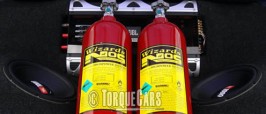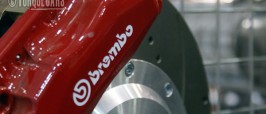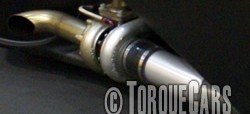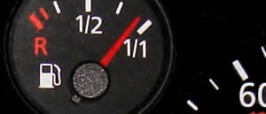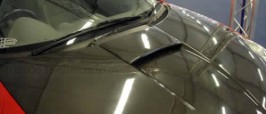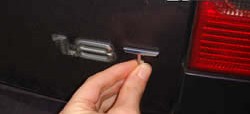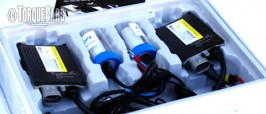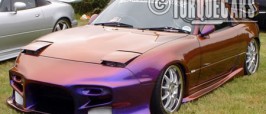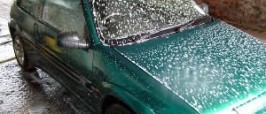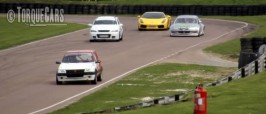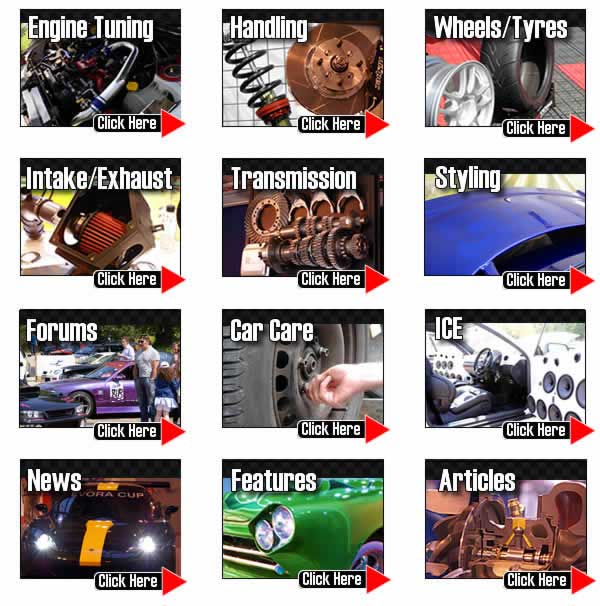
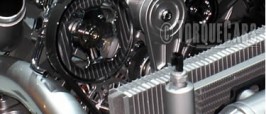
In a performance engine you should never underestimate the need for adequate cooling.
All water cooled cars work on the principle of water being pumped around the engine and then to a radiator where it releases the heat.
Most water pumps are mechanical and run off the crank.
Improve safety and braking of your car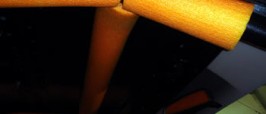
Safety Mods "Play it safe." When one starts modifying a car, little thought is usually given to the safety of the […]
Sports ignition coils and performance coil packs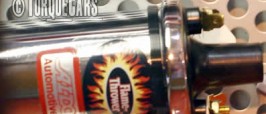
Lets look at the job of the coil in the spark system and see what it does.
Just as a power transformer converts mains 240 volts into a usable 9 volts for your charger or appliance a coil will increase the voltage.
A car battery/alternator will produce a paltry 12volts, certainly not enough to jump an air gap and create a spark.
An ignition coil raises the voltage in some installations between 20 and up to 40,000 volts and this allows the creation of a spark which can jump the air gap between the plugs.
Benefits and drawbacks of engine water injection systems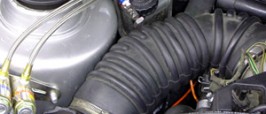
You’ve finished tuning up your engine but you find that at full throttle the engine splutters or stalls. When you get the car on a diagnostic you find that the knock sensor is kicking in to protect the engine.
Engine knock is a condition where the fuel inside the engine ignites prematurely and occurs within an engine running at high compression. (It can also be caused by other factors including low octane/poor quality fuel or hot spots within the engine.)
Todays featured car modification articles
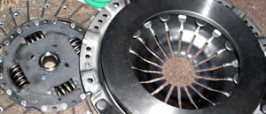
Performance Clutches
Clutch tuning: performance clutch modifications and triple plate clutches setup More...

